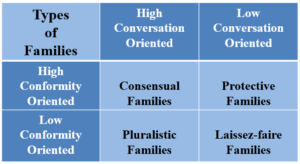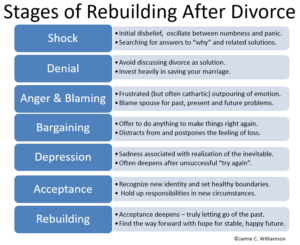Make SMART Relationship Goals Not New Year’s Resolutions
 If you want to improve your relationship and think making New Year’s Resolutions as a couple is a good idea, think again. Relationship-based resolutions can’t lead to sustainable increases in happiness because they are worded like wishful thinking instead of like SMART relationship goals that ignite motivation and turn it into action and behavior change.
If you want to improve your relationship and think making New Year’s Resolutions as a couple is a good idea, think again. Relationship-based resolutions can’t lead to sustainable increases in happiness because they are worded like wishful thinking instead of like SMART relationship goals that ignite motivation and turn it into action and behavior change.
Sure, relationship resolutions are paved with good intentions. Bridal Guide magazine even suggests eight New Year’s Resolutions that couples should make, including ideas like “spend more time together”, “go on dates”, “try new experiences”, and “do nice things for each other”.
These Resolutions sound like ways to strengthen a relationship…until we acknowledge the studies that show that only 8% of Americans who make a New Year’s resolution keep them all year and 80% have failed by the start of February.
Why New Year’s Resolutions Fail
Clinical Psychologist and self-coaching expert Joseph J. Luciani, Ph.D. says most resolutions fail due to a lack of self-discipline. But I think people fail to keep their New Year’s Resolutions because their wishful thinking is not backed up by sustainable action plans.
Whether trying to avoid something detrimental to your relationship (like too much screen time) or trying something new that will be good for your relationship (like date nights), the change will be difficult because your current patterns likely evolved gradually, outside of your awareness. And, the status quo is at least predictable and comfortable in the short term, even if you know it isn’t producing the kind of relationship you want for the long term.
Make SMART Relationship Goals, Not Lofty Resolutions
I encourage couples to break current patterns by making optimistic challenges for their relationship in the form of SMART goals, galvanized by action plans. SMART goals are Specific, Measurable, Achievable, Relevant, and Time-Bound.
Unlike New Year’s Resolutions, SMART goals produce success because the process of achieving them is segmented into small steps that can be taken one at a time. This makes the goal much less overwhelming and lets you plan clearly toward achieving it.
Here’s an example of a SMART relationship goal:
We will have out-of-the-house date nights (specific), once per month (achievable, measurable), so that we have more couple time to restore intimacy (relevance), between now and our 10th-anniversary trip (time-bound).
How to Transform New Year’s Resolutions into SMART Relationship Goals
Couples can transform their New Year’s Resolutions into Relationship SMART Goals following these five steps:
- Reflect on your relationship and determine how you want your relationship to change. You can do this individually and then share your ideas or do it as a couple from the start. Just be sure you are future-focused and don’t let the conversation lead to fault-finding or blame.
- Write down your SMART goals for the areas in your relationship that you both are committed to changing. Be specific. Your goals should describe what you want to accomplish and why it is important to you. Make sure your goal is measurable in a way that you have control. Make sure your goal is achievable – a stretch, but not practically impossible to reach. And, set a specific deadline for accomplishment to be sure your goal is timebound.
- Post your relationship goals so that you both can see them every day.
- Share your goals with family or friends that you trust. Research shows that you will be more likely to achieve your goals if you tell the right people (not everyone) about them and keep those people informed of your progress.
- Be flexible. If your goals become outdated or irrelevant, tweak them or replace them.
Close relationships are fragile. A small crack that goes untended can easily become a larger break that leads to patterns of more distant interaction (or fighting) that slowly erode intimacy. Unless couples resolve to repair the damage, they will eventually reach a point of no return.
Despite good intentions, however, a couple’s New Year’s Resolution to “spend more time together” or “go on dates” will likely fail by February if they don’t create SMART goals and a sustainable action plan.
Let me know if I can help.
You’ll find me at Amity Mediation Workshop, LLC, where we specialize in “friendly divorce” mediation and psycho-educational marriage revitalization sessions and programs using a practical, psycho-educational approach grounded in the Gottman Method. I also speak frequently on relationship topics and author the blog “Work it Out”.
















